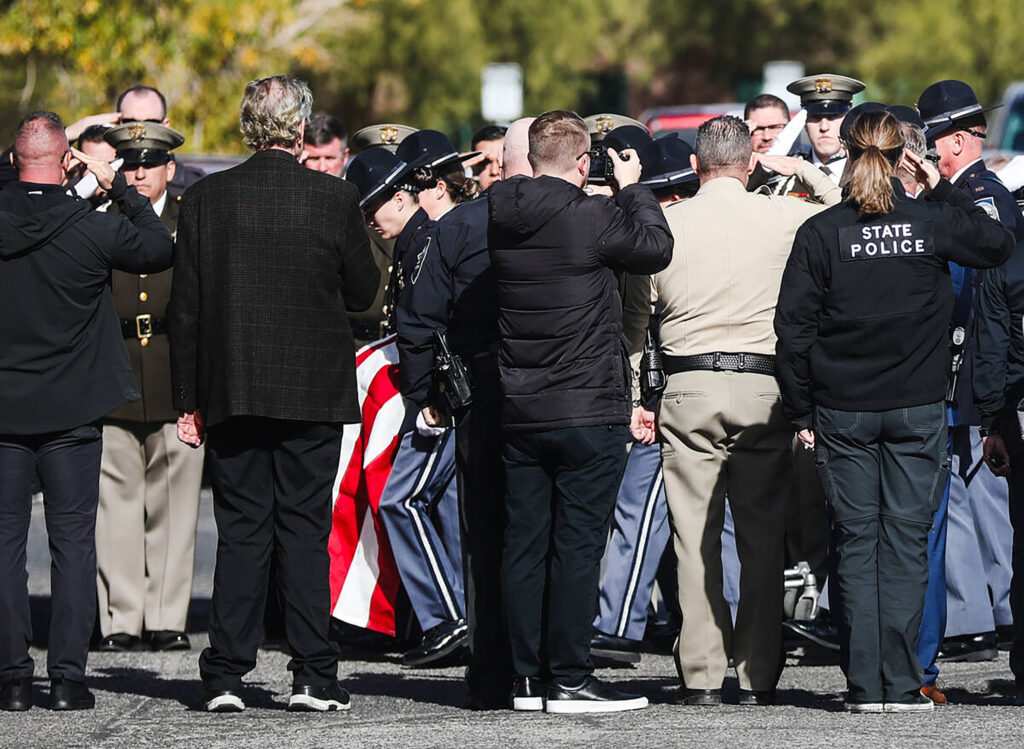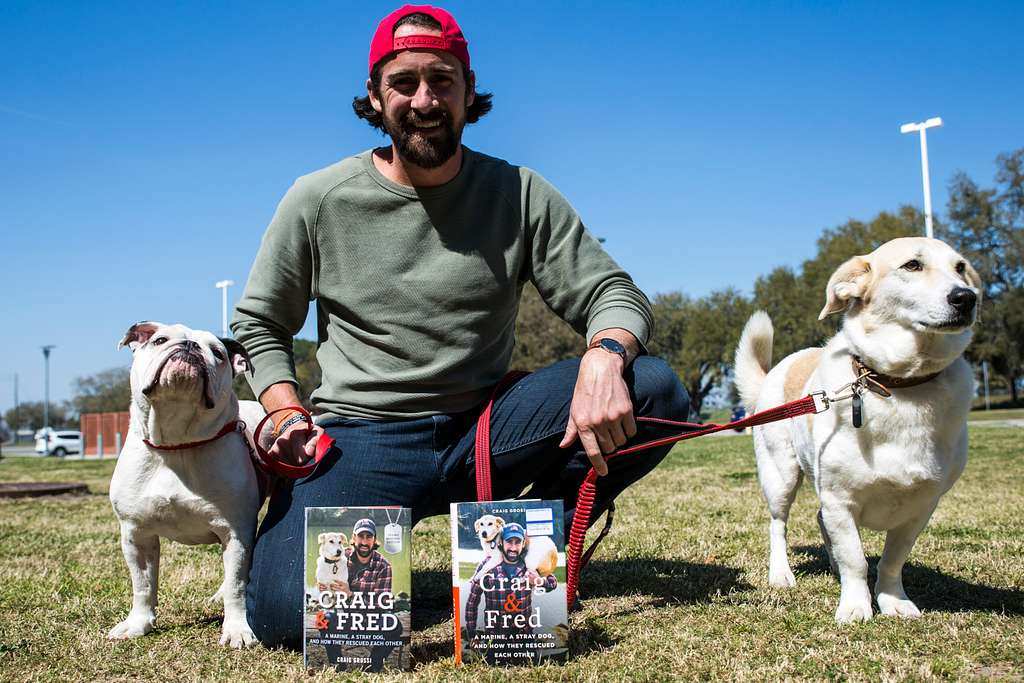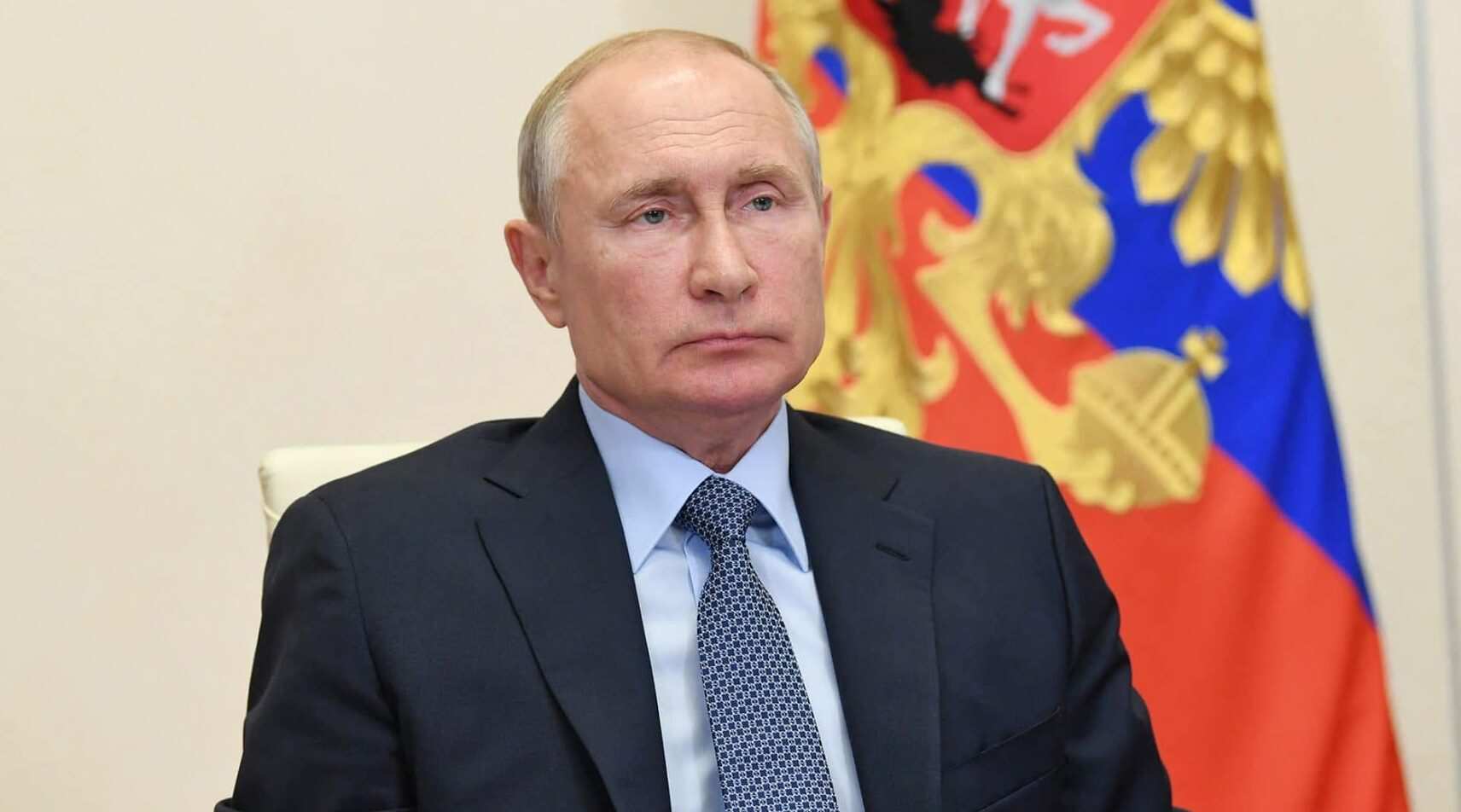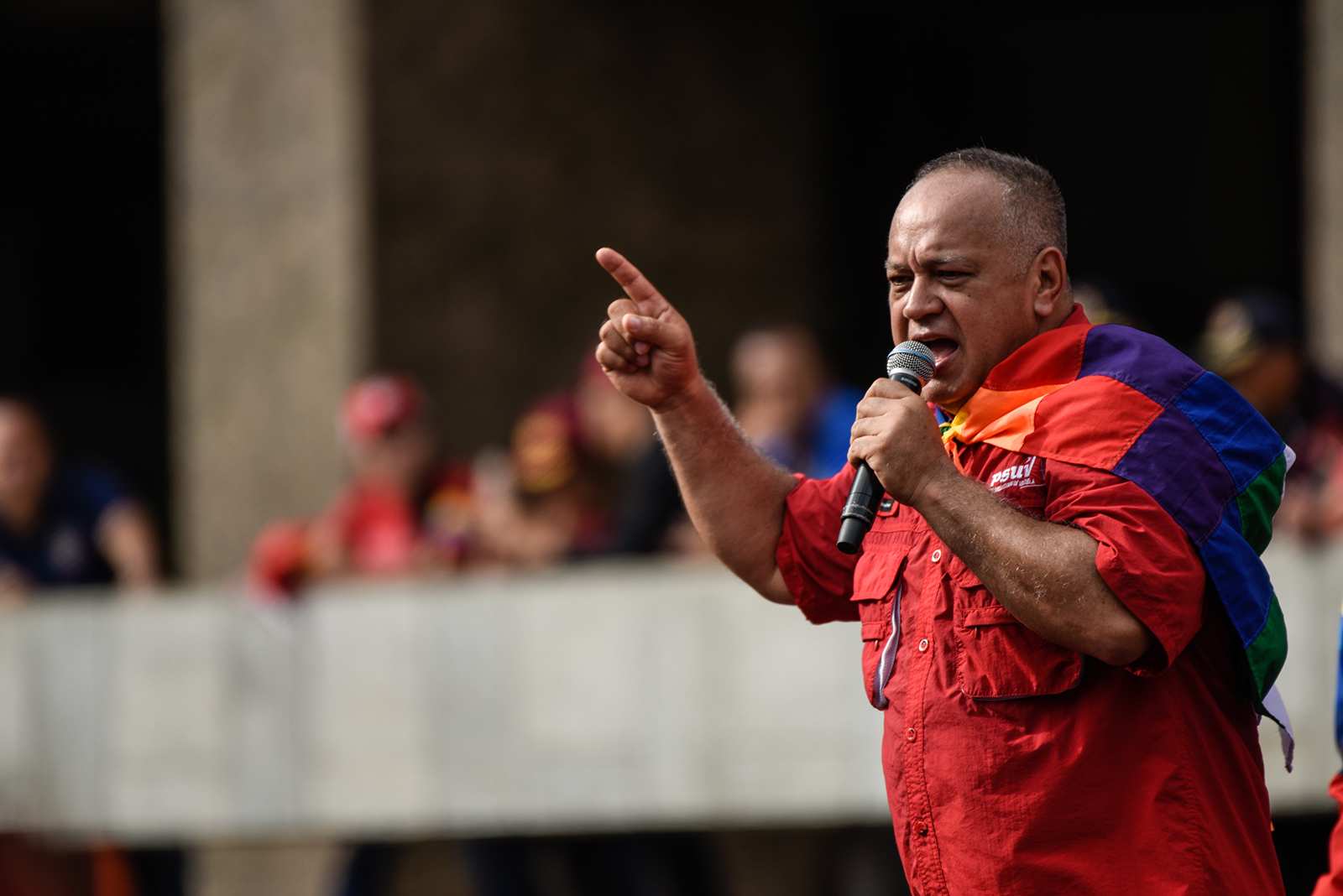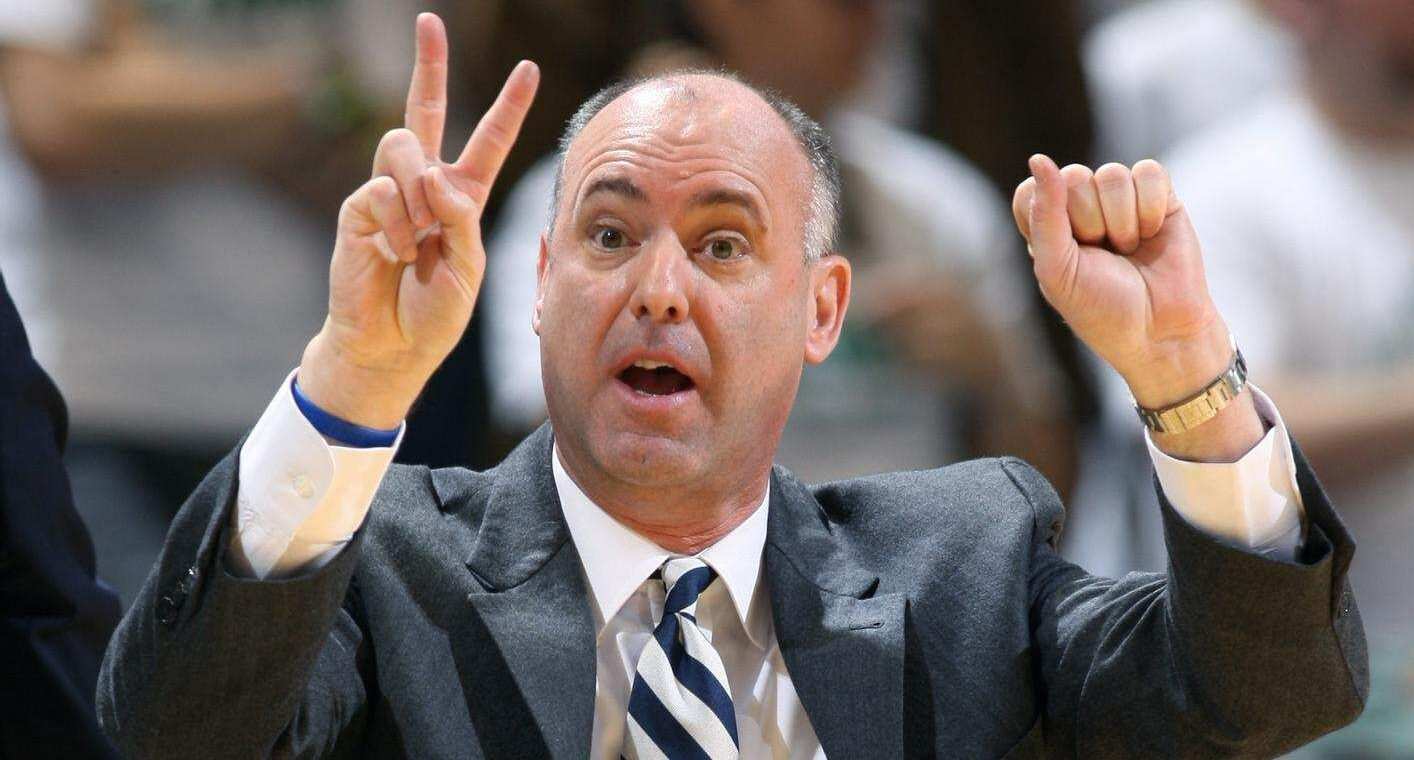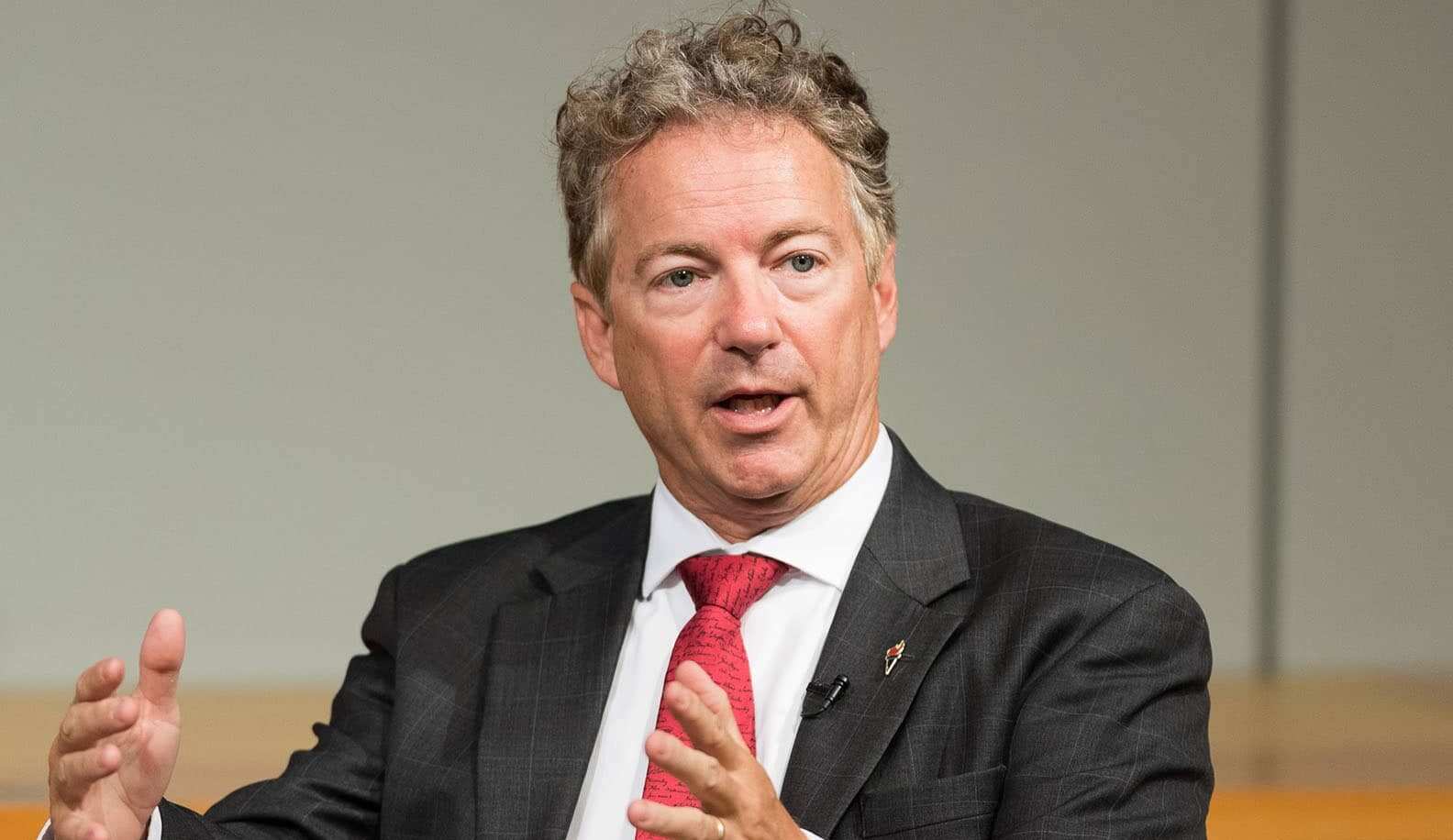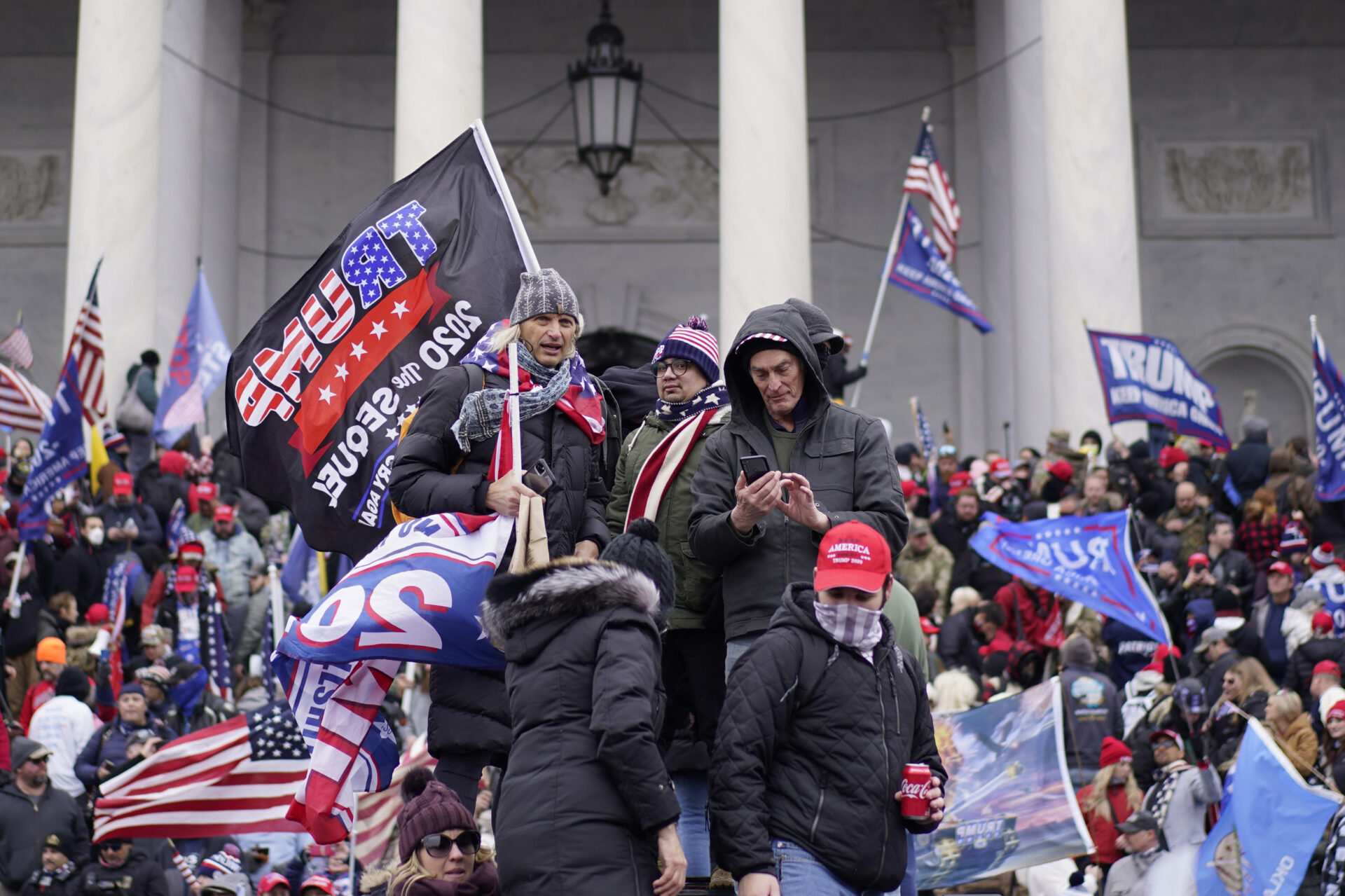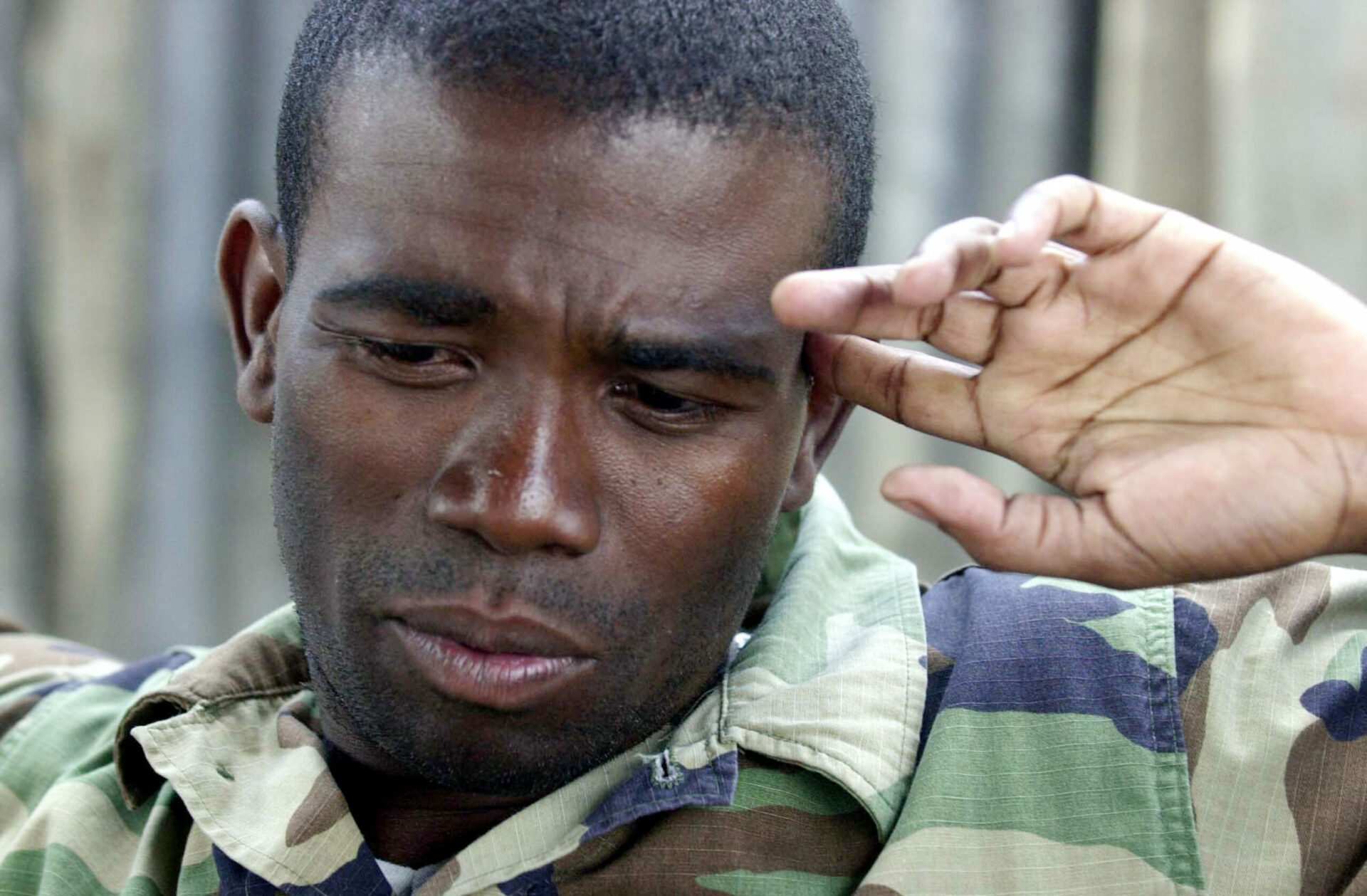
One of Haiti’s most controversial figures is back in his troubled homeland after being deported from the United States on Thursday.
Guy Philippe, the former Haitian police commander who led a rebellion in 2004 that overthrew President Jean Bertrand Aristide and then spent nearly a dozen years evading U.S. Drug Enforcement Administration agents, arrived aboard a U.S. Immigration and Customs Enforcement flight along with more than a dozen others deportees. The flight departed from Alexandria, Louisiana, at 5:57 a.m. and arrived in Haiti at 9:49 a.m.
Philippe’s presence was confirmed by the Office of National Migration, which is tasked with receiving deportees returned to Haiti. Upon landing, he was immediately taken into custody by the Haiti’s judicial police.
The ICE flight is the latest deportation trip by the Biden administration, which has been asked by immigration advocates and the United Nations to halt all deportations to Haiti, given the country’s ongoing armed gang and humanitarian crisis.
Tom Cartwright, a refugee advocate who tracks U.S. deportation flights, says despite the demands, Haiti has been averaging about one ICE flight per month since last December, usually with fewer than 50 people onboard.
Since President Joe Biden’s Jan. 20, 2021, inauguration, the U.S. has deported more than 27,200 Haitians back to their country, said Cartwright, who added that Thursday’s flight is the 289th ICE deportation flight under this administration.
Guerline Jozef, co-founder of the Haitian Bridge Alliance, a San Diego-based immigrant rights group that works with U.S. asylum seekers, said Philippe’s deportation makes no sense in the current context, which includes the Biden administration’s support for an armed force from Kenya to be deployed to Haiti to help the Caribbean nation’s fragile police force combat gangs.
“It is in fact very contradictory to the U.S. government’s own narrative and will further destabilize Haiti,” she said. “This is a clear example of how U.S. foreign policies toward Haiti continue to be a major contributing factor to the destabilization of Haiti.”
Prior to this extradition to the U.S. to face drug trafficking charges, Philippe was the subject of a Haitian police arrest warrant after being accused of involvement in a deadly 2016 attack on the police headquarters in the southern Haitian city of Les Cayes. At least six people were killed including one police officer.
Sources told the Miami Herald Philippe was being held on that warrant Thursday after he was taken to the headquarters of the Haitian judicial police. It was not immediately clear if he would be transferred to prison or allowed to go home.
Philippe’s return has been anticipated for months by his supporters and could well change the political dynamics in Haiti, where the government of Prime Minister Ariel Henry has failed to reach an agreement with opposition parties and civil society groups to move Haiti toward its first elections since 2016.
In 2017, Philippe was sentenced to nine years in prison by a Miami federal judge after pleading guilty to a money-laundering conspiracy charge involving allegations that he had pocketed more than $1 million from Colombian cocaine traffickers. Despite cutting a plea deal with federal prosecutors to avoid spending the rest of his life in prison, he continued to maintain his innocence and accused U.S. authorities of “kidnapping” him from Haiti, where he was on his way to being sworn in as a senator when he was arrested by Haitian police.
In September, Philippe, 55, was released from a federal prison in Atlanta and transferred to immigration custody after trying several times to get his sentence reduced while representing himself both before and during the pandemic era.
Several Haitian officials contacted by the Miami Herald ahead of the flight’s arrival said they had not been warned by the Department of Homeland Security of Philippe’s pending return. A manifest of the flight’s passengers, sent to Port-au-Prince, initially only had 17 names, all of whom were people being repatriated after violating U.S. immigration law, Haiti’s Office of National Migration said.
Philippe’s presence back in Haiti, a country still reeling from the 2021 assassination of its president and now seeing the steady expansion of armed gangs out of the capital and into its countryside, has raised concerns given the volatile landscape, the ongoing leadership void and Philippe’s popularity and political connections.
He was once accused by Human Rights Watch of participating in extrajudicial killings as he rose to prominence during the political turmoil that eventually led to the ouster of Aristide.
The head of Philippe’s National Consortium of Haitian Political Parties runs a service brigade, known by its French acronym BSAP, that is supposed to be in charge of Haiti’s environmentally fragile areas. Critics, however, say that the organization, which is part of the country’s security apparatus, has become more of a paramilitary group whose armed agents get into scuffles with the police and the public. Last year Haiti’s environment ministry announced that it had canceled Consortium agents’ badges due to reports about inappropriate behavior. The group, however, remains active.
Despite a 2005 U.S. indictment on drug trafficking and money laundering charges, Philippe ran for the Haitian Senate in 2016 while openly campaigning alongside presidential candidate Jovenel Moïse. Philippe won a seat in the second round to represent the southwestern rural Grand’Anse region. His arrest came two months later, in early January 2017, as he was visiting a radio station in the capital ahead of his swearing-in for the six-year term. He was then turned over to the DEA.
Though Philippe tried to claim immunity from prosecution as a senator-elect in Haiti, he ended up pleading guilty in April 2017 in a Miami federal courtroom to the money-laundering conspiracy charge. The deal allowed him to avoid going to trial on a more serious trafficking charge that could have sent him to prison for the rest of his life.
Instead, he faced up to 20 years on the money-laundering conviction and got less than half that time from U.S. District Judge Cecilia Altonaga.
Philippe’s sentencing culminated a federal investigation into drug trafficking, money laundering and corruption at the highest levels of Haiti’s government that began in the 2000s when the island of Hispaniola, which Haiti shares with the neighboring Dominican Republic, became a notorious hub for shipping South American cocaine into the United States.
For years, Aristide, who was ousted in 2004 in an armed revolt led by Philippe, had been investigated by a Miami federal grand jury on suspicion of accepting drug bribes, though charges were never filed.
___
© 2023 Miami Herald
Distributed by Tribune Content Agency, LLC.
